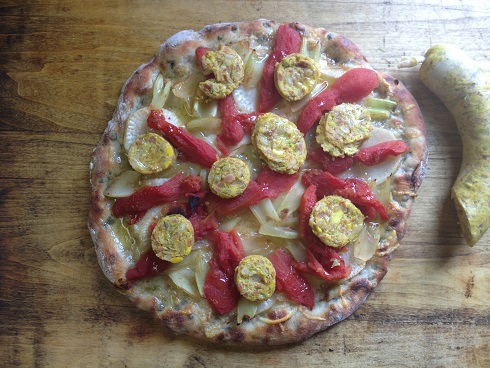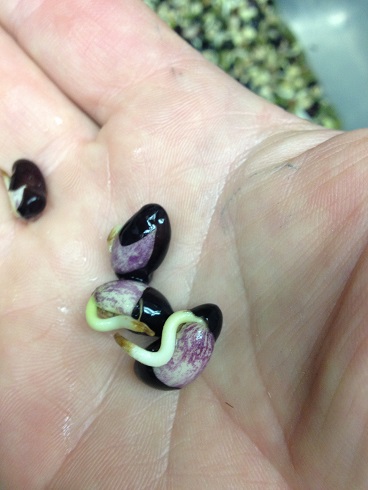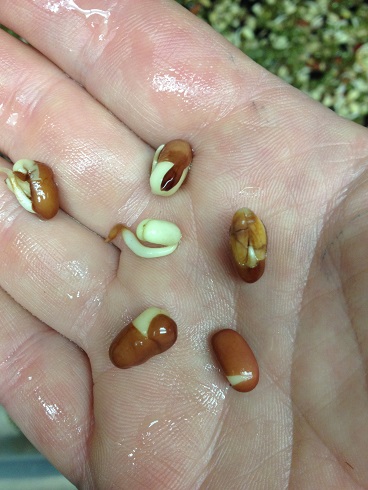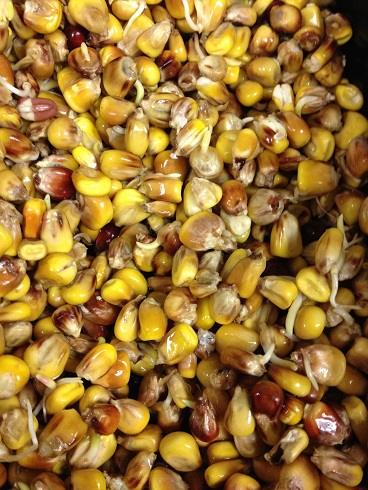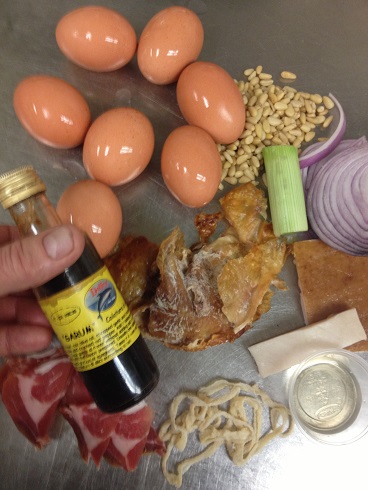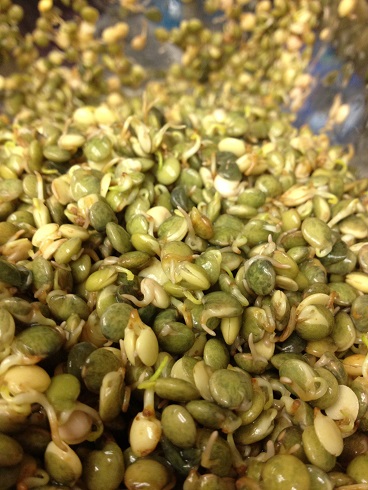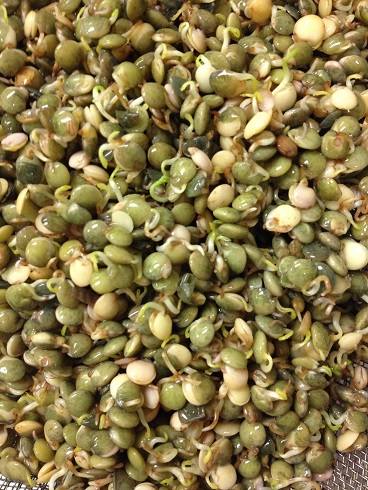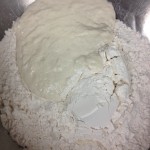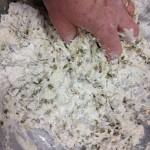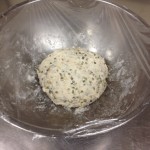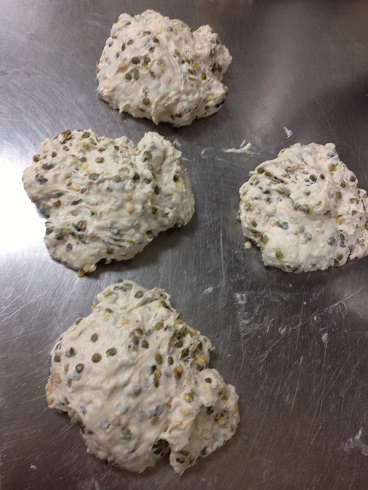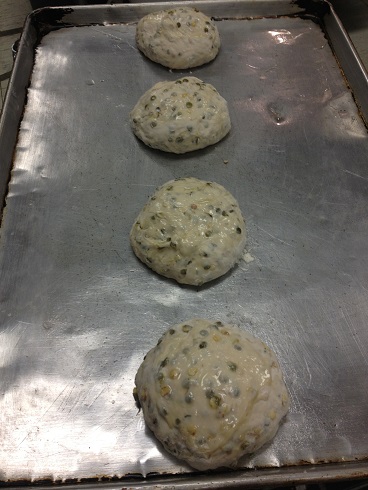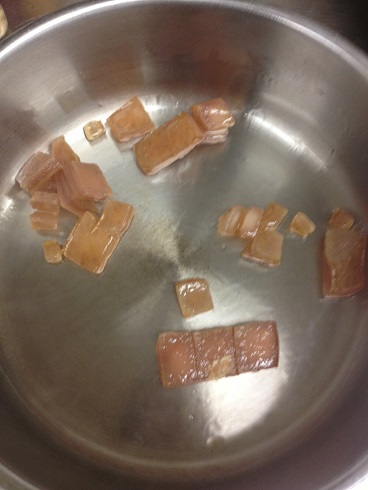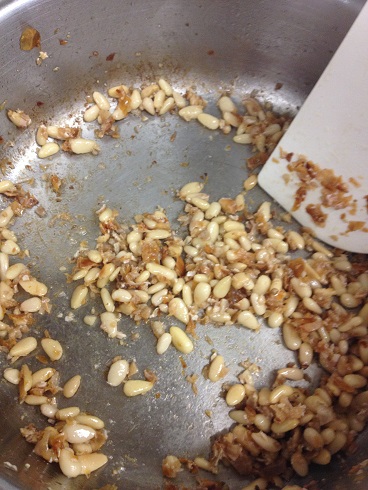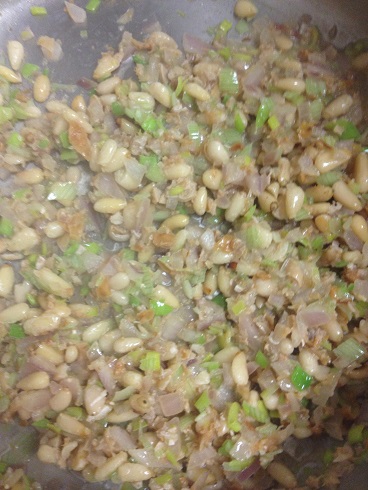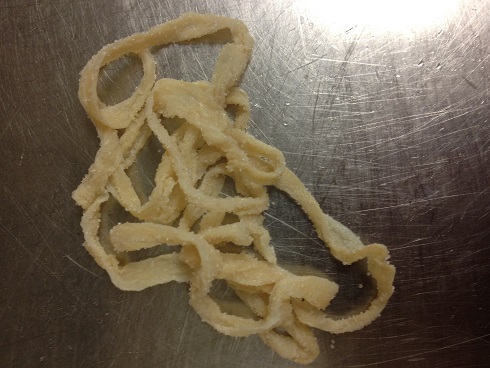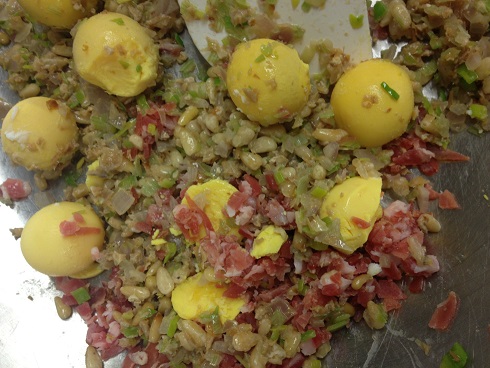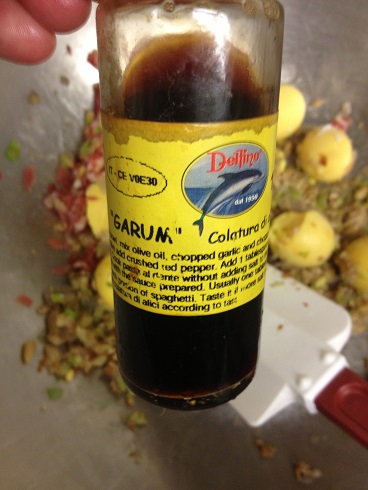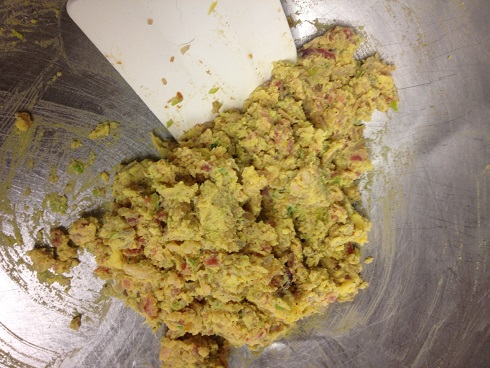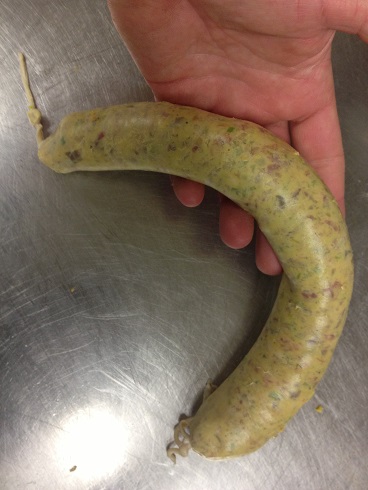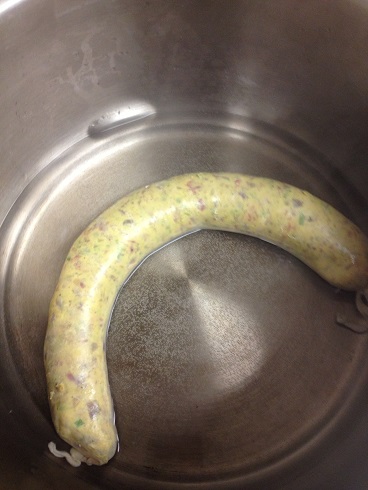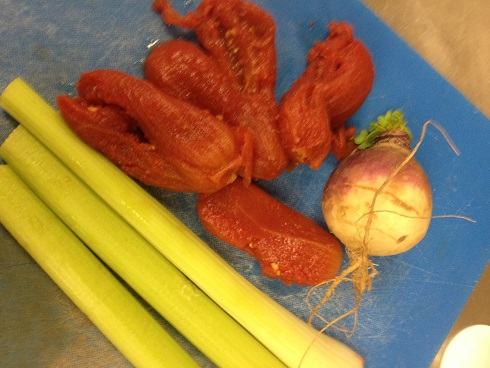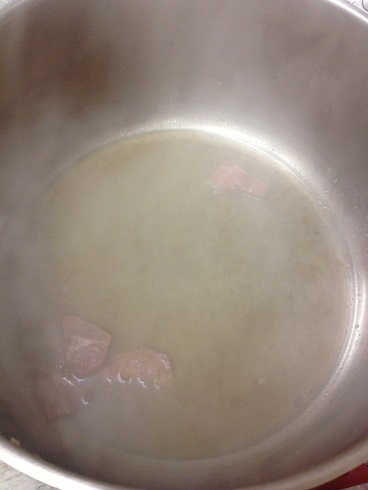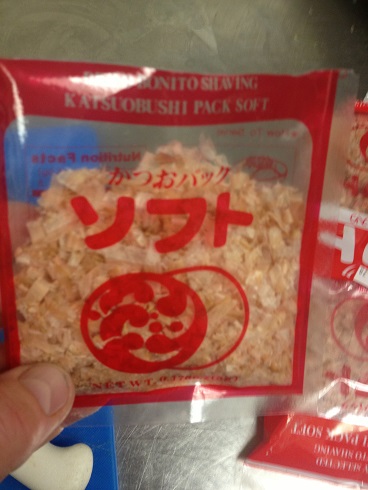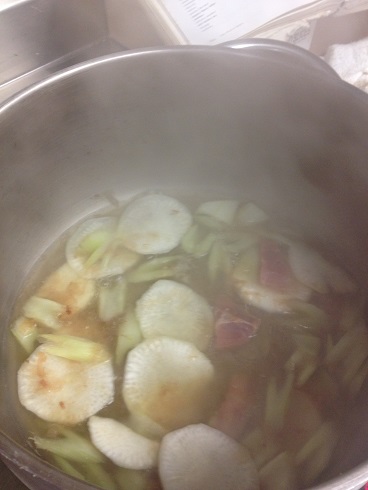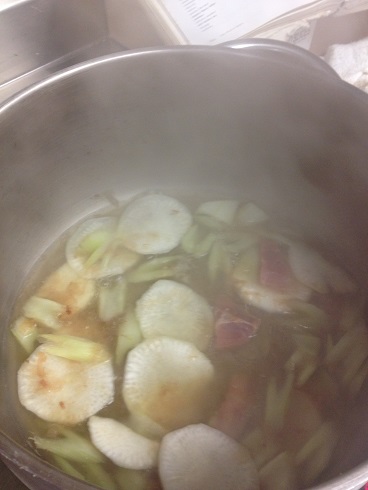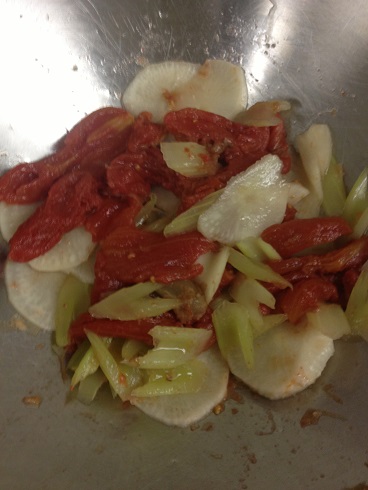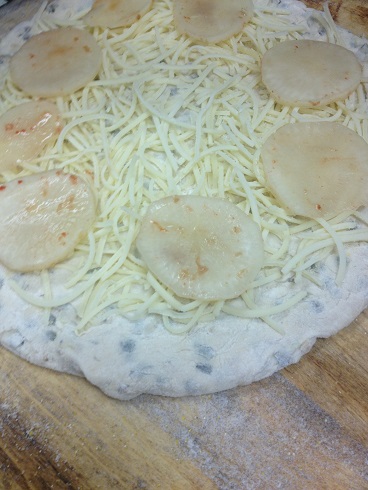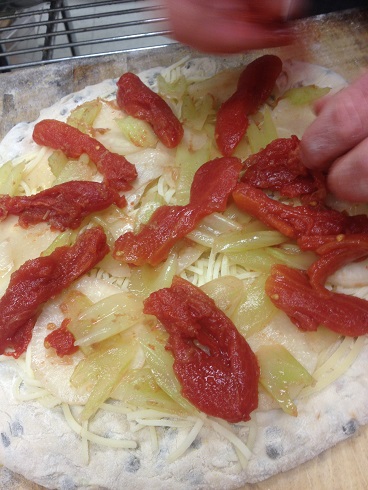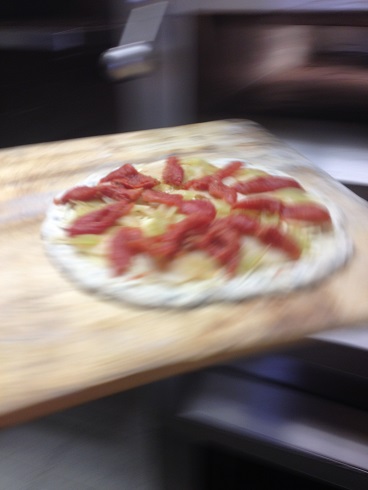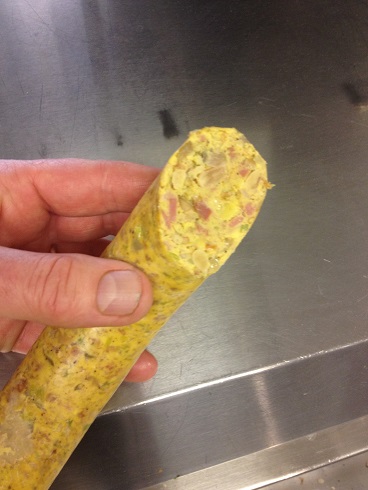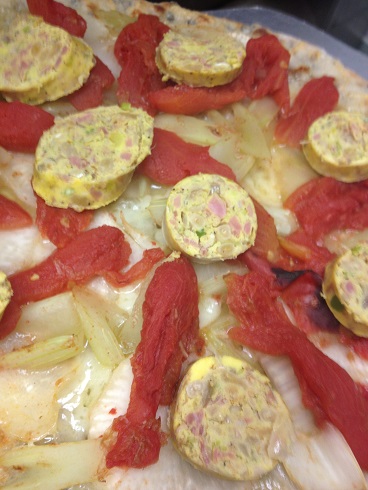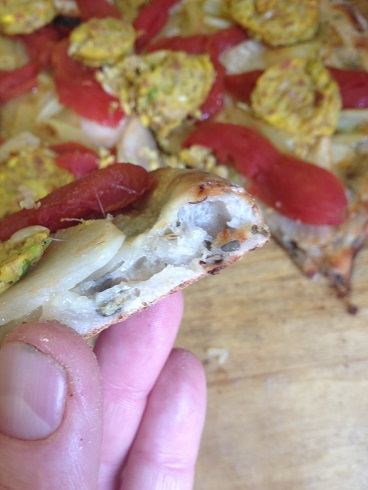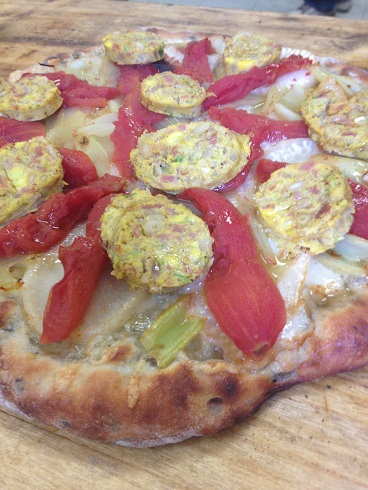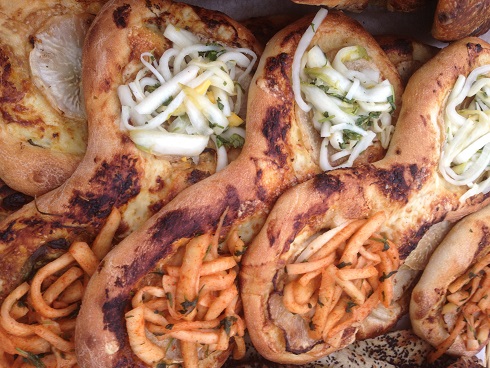
Last semester, I tought a baking course at Hocking College which is a technical college in Nelsonville, Ohio with a great culinary program run by some fabulous Chefs under the Dean of Hospitality, Master Chef Alfonso Constriciani.
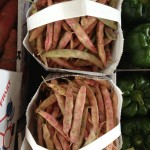


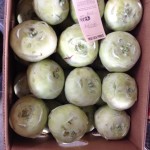
It was during a field trip to the Chesterhill Produce auction that I bid and won massive amounts of autumn vegetables. The beans, daikon, beets, napa cabbage, apples and kohlrabi were just now replacing the tomato and corn for dominance at the auction and my mind was racing trying to figure out how to render these wonderful veggies into unforgettable breads and pizza.
Here is a short video of the auction action.

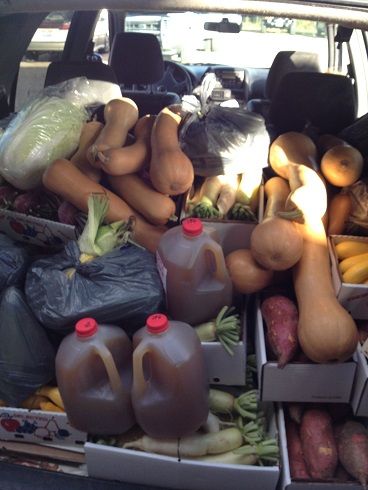
The auction is supported by Rural Action. Tom Redfern and Bob Fedeski (who is above right next to my Baking Manager, Jake Siedel) have done a fabulous job bringing local producers and buyers together two times a week! After the auction, my car was packed with Chef students, butternut squash, daikon, kohlrabi, beetroot, apple cider, corn, cabbage, yellow squash, endive and turnip which made the tight turns through the hilly Ohio countryside a tad bit dangerous.
When I got to Athens, I started on the two types of kimchi. One, a ‘Baek Kimchi’ or white style with Belgium endive, kohlrabi, yellow squash, cilantro and turnip and a “Gimjang Kimchi” or winter-red style that isn’t too spicy with napa cabbage, kohlrabi and daikon.
As usual, these pizzas were all about preparation which entails slicing, salting, pickling and rendering some fabulously crunchy vegetables into a tasty foil for a sauce of miso, maple syrup, soy, tahini and roasted sesame oil. For the cheese, I chose some local cheddar curds for their silkiness to top some very thin kohlrabi slices on that would shield the kimchi from wrecking the pizza with fluid.
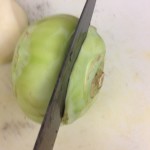
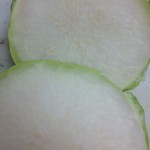
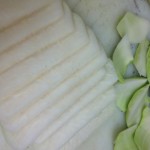
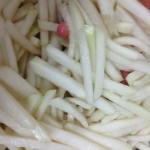
First I cut the kohlrabi which is a little tricky, especially with late season, large orbs like this. The top can be cut close to the end but the bottom flesh can be very fibrous as in picture two, the top has celery-like fibers pushing into the flesh which are somewhat pear core-like in texture but chewier. So keep cutting until you reach the good flesh. I then took off the skin with a knife and cut into flat slices then sliced again into large matchsticks. This I salted moderately and tossed to leach out the starches and juices to get it ready to absorb the vinegar and spices.
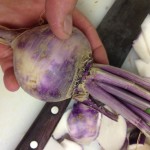
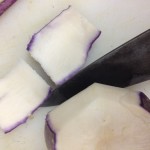
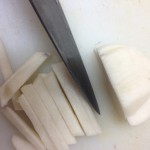
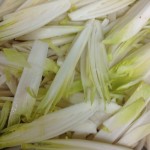
I cut the kohlrabi into large round coins, then I cut the turnip and Belgium endive lengthwise and placed them in a bowl with sliced napa cabbage a half a handful of salt also.
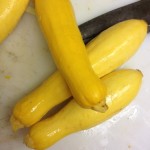
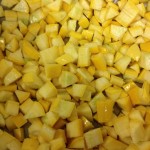
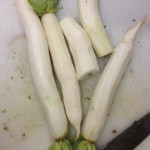
The yellow squash was chopped into cubes and not salted because it was very ripe. I finally the daikon was peeled and sliced into matchsticks also. The salted vegetables became semi-limp and leached a lot of juices because of the salt maceration. (If I wanted them all to be more limp, I could have added tons of salt and rinsed them afterwards.)
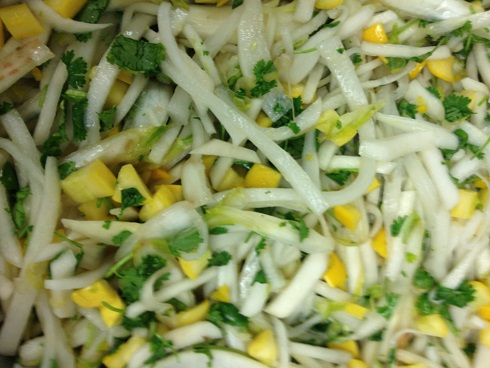
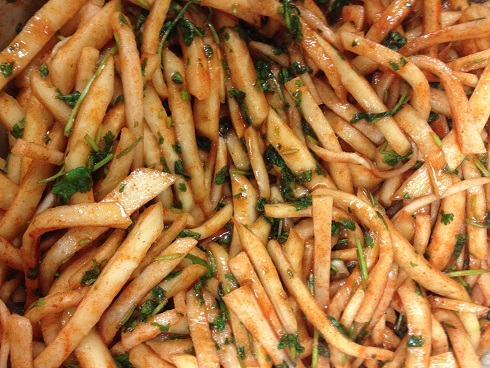
In one bowl I added the kohlrabi, endive, turnip and yellow squash with chopped cilantro, roasted garlic with lemon juice and rice wine vinegar, (left). In the other bowl, I added the daikon, napa cabbage and kohlrabi and mixed it with some Thai fish sauce, Korean red pepper paste, minced raw garlic cloves and cilantro with just a touch of vinegar and some bonito flakes for a little smokiness. I put both of these Kimchi’s in glass jars and set them near my ovens at about 78 degrees for four hours to macerate, then I put them in my walk in refrigerator for a week at 28-34 degrees.
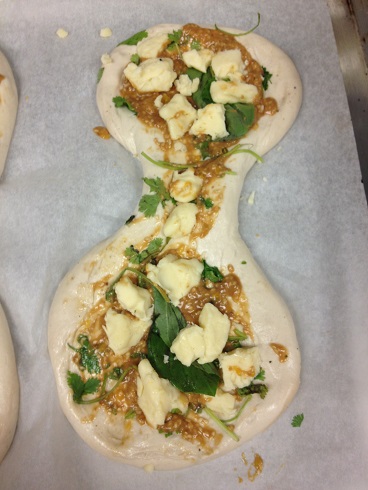
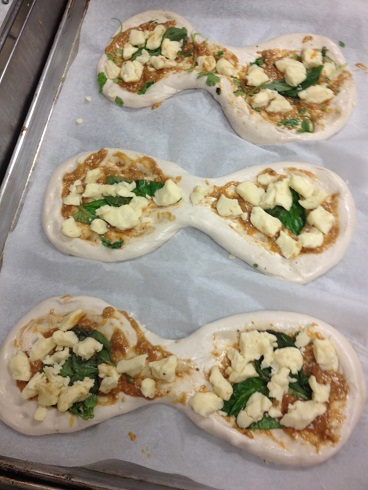
In a weeks time, it was time to make this fabulous pie. I used a 16 ounce dough ball and squeezed the middle while pulling on both ends. It takes a little time to form this but it can be done if you start while the dough is in a ball. I then topped them with a sauce of red miso, tahini, peanut butter, maple syrup, soy sauce and sesame oil. then some fresh basil leaf and the cheddar curd.
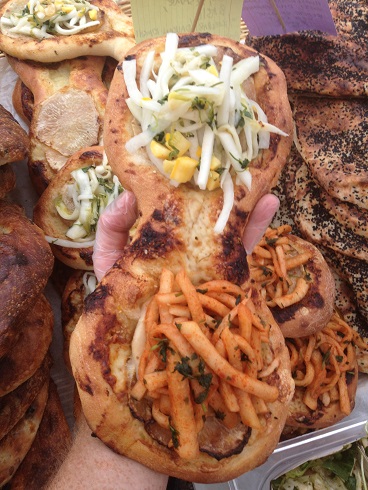
This was the finale. The miso sauce made a nice crust char in my 530 degree oven and both kimchi’s were a big hit at the Athens Farmers Market. I sold 28 of these pizzas in less than one hour as my customers crunched their way to kimchi-land.

